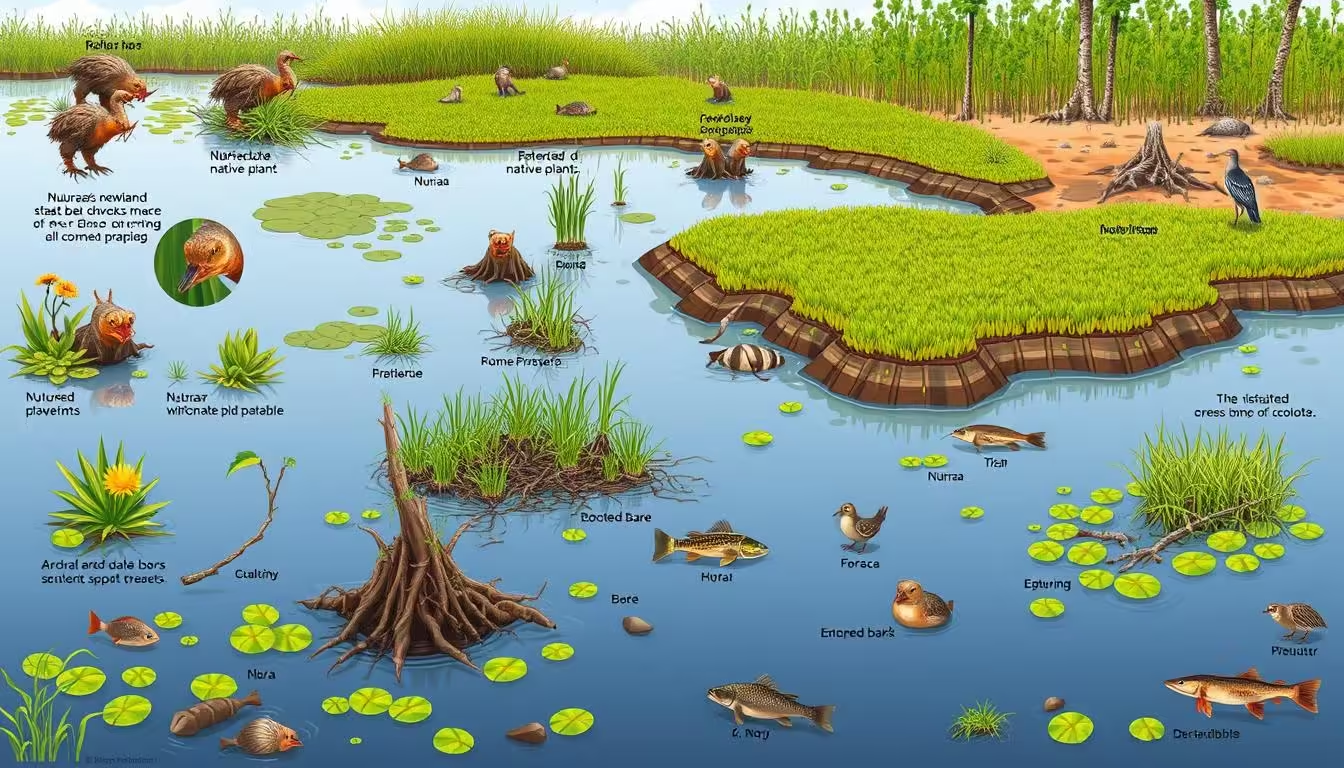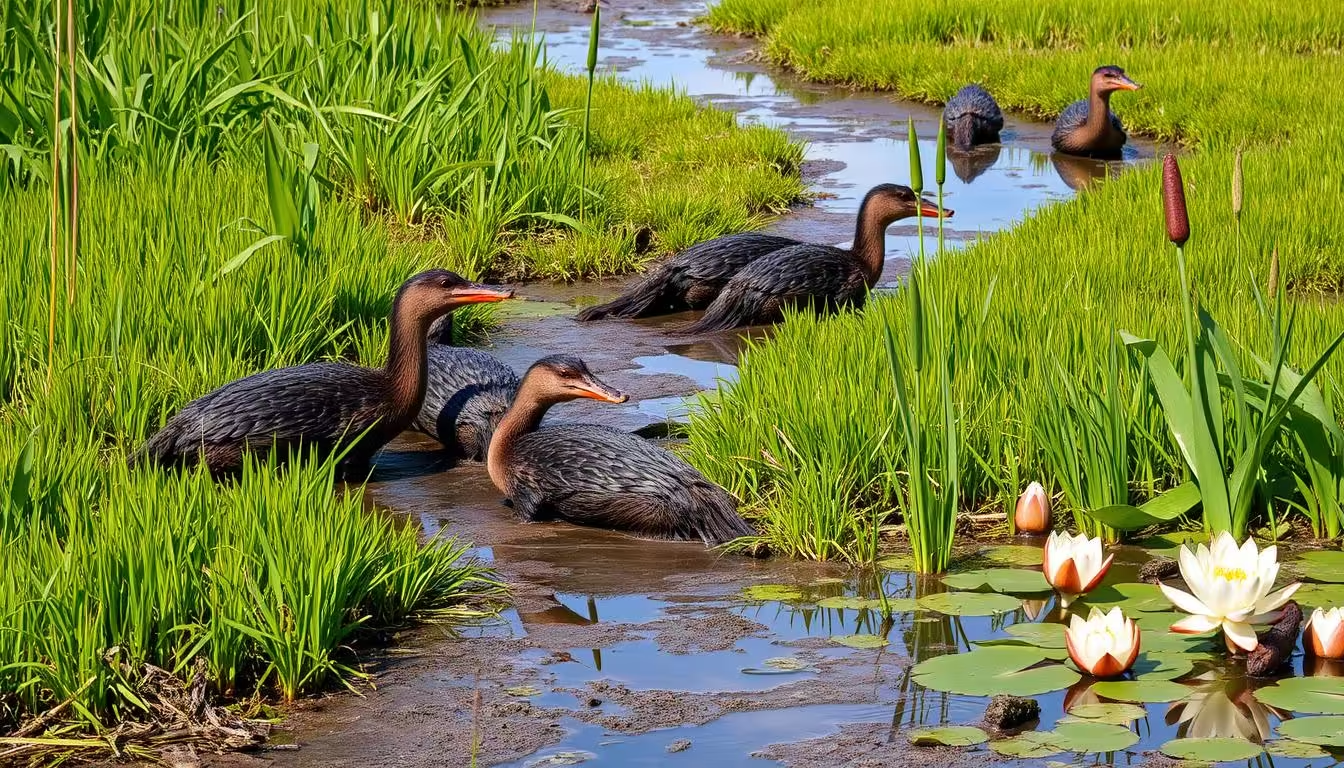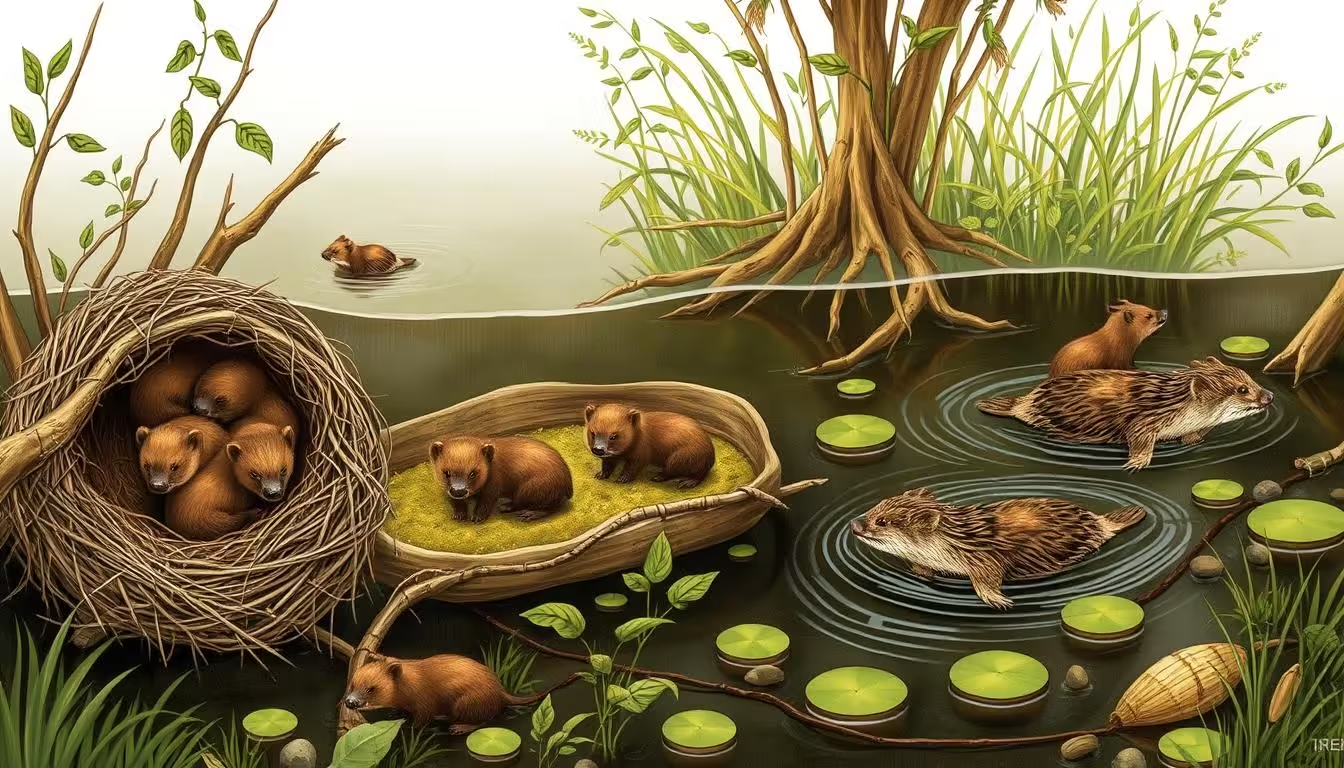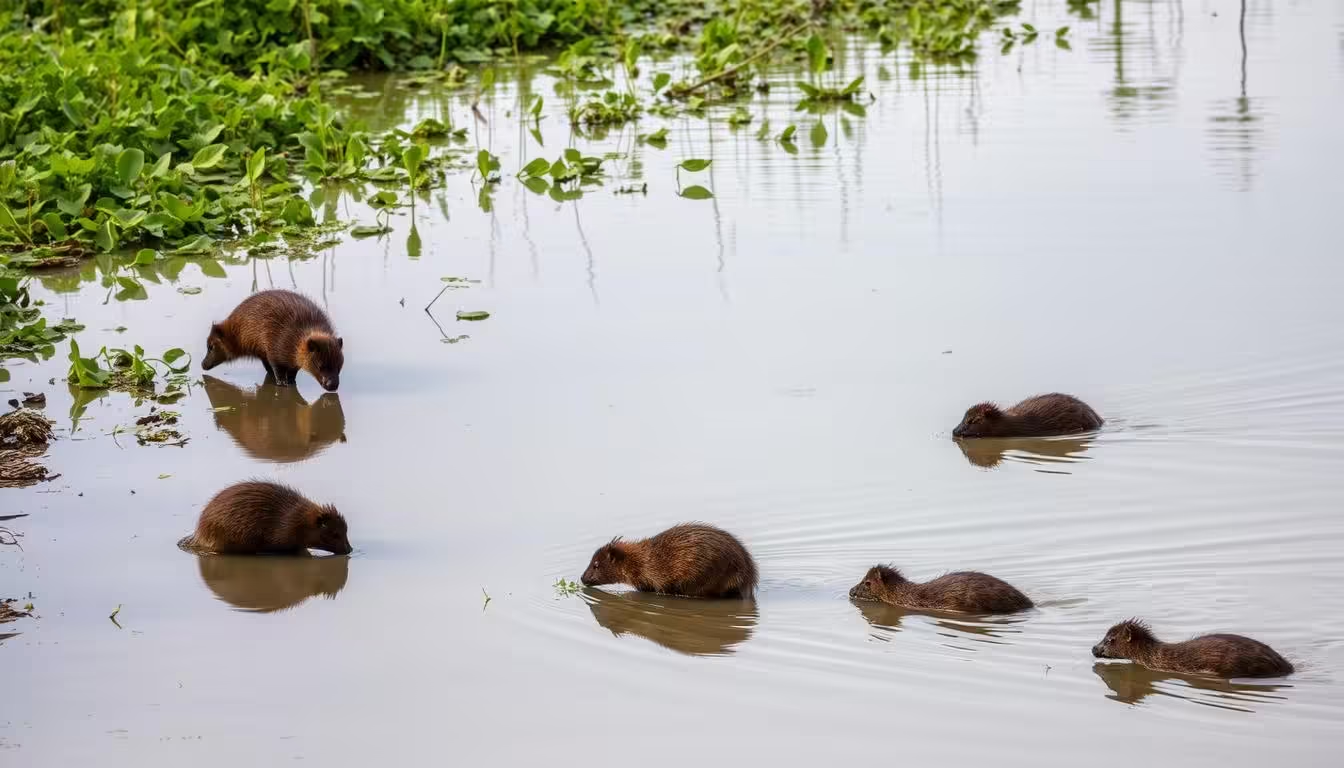Nutrias mainly eat plants and vegetation, like cordgrasses and bulrushes. They also eat insects, mussels, and crustaceans sometimes. This diet helps them grow fast and have many babies, as their young can eat right after birth. The damage nutrias do to the environment is huge. They eat a lot and burrow into the ground, destroying […]
Category Archives: Exotic Animal
Exotic animals refer to species that are not native to a particular region or are unusual pets. This category includes many animals such as reptiles, amphibians, birds, and mammals, often kept as pets or displayed in zoos and wildlife parks. Exotic animals can range from parrots and iguanas to tarantulas and sugar gliders. Owning exotic pets usually requires specialized care, habitats, and diets, and they may have unique behavioral and health needs. This category explores the fascinating world of exotic animals, their care requirements, legal considerations, and their roles in conservation and biodiversity.
Nutria are invasive rodents that threaten native ecosystems. They eat a lot of wetland plants and crops and can damage waterways. A nutria can eat up to 25% of its body weight in plants daily. Nutria’s eating habits have harmed the environment a lot. They’ve turned healthy marshes into open water by eroding them. In Louisiana, […]
In the Gulf Coast states, nutria are most common. They also cause issues in the southeastern states, the Pacific Northwest, and along the Atlantic coast. Their big appetite and fast breeding harm native plants, crops, and wetlands. This damage is permanent and affects vital ecosystems. Nutria are now found almost everywhere on earth. Introduced to […]
What’s remarkable about nutria is their high reproductive rate. Female nutria can have multiple litters each year. The nutria lifecycle is fast, with the young growing quickly. They go from being precocial kits to sexually mature adults in just a few months. Knowing about their life stages helps us understand their biology, behavior, and how […]
We’ll cover identifying Nutria, monitoring, and using a mix of control methods. By using habitat changes, exclusion, trapping, and chemicals, we can fight this invasive species and lessen its harm. Key Characteristics of Nutria Nutria are bigger than muskrats but smaller than beavers. They can have up to three litters a year. Their webbed hind […]
It’s important to know how nutrias behave and what they can do. They can have many babies, up to 13 at a time. They eat a lot, up to 25% of their body weight every day. This has hurt coastal marshes and reduced the variety of plants. Nutrias can also be aggressive and spread diseases. […]






